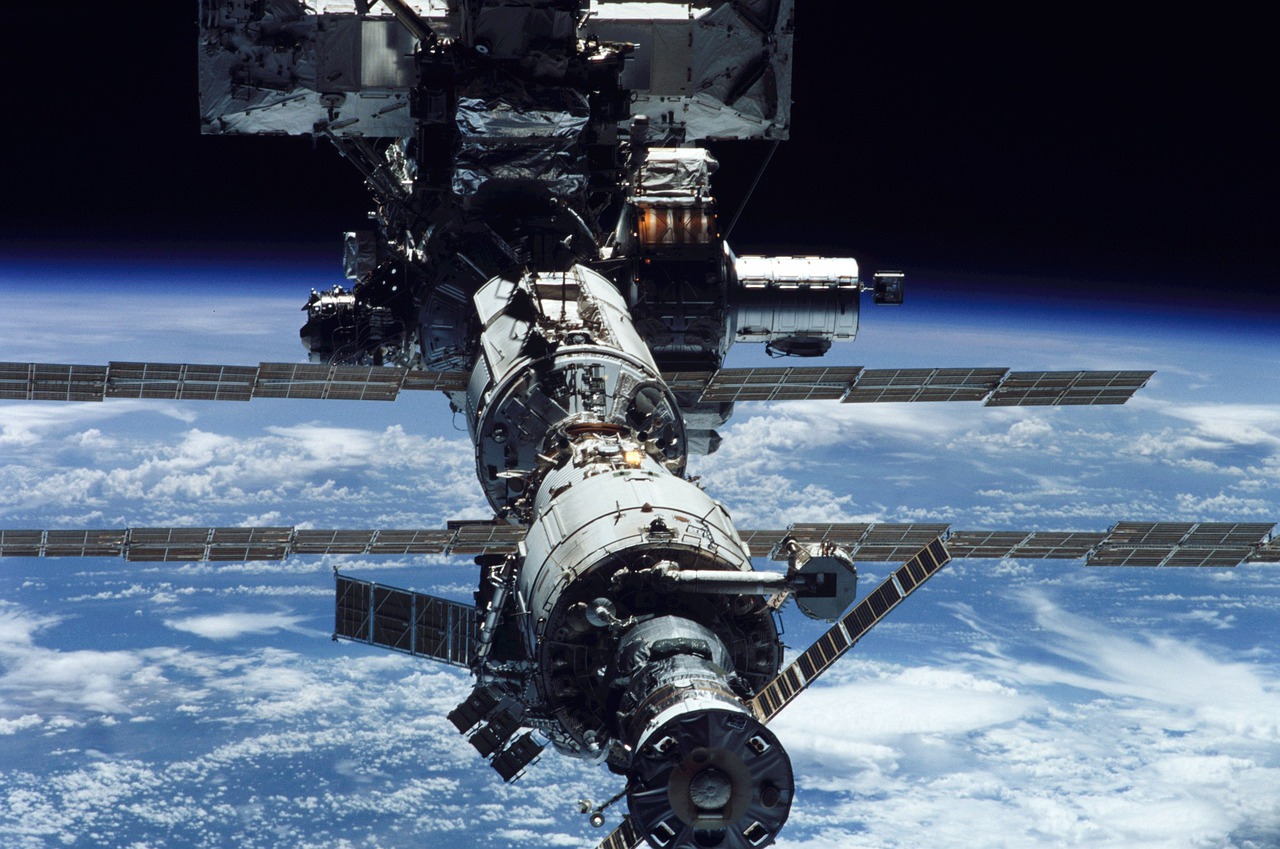Space Missions Software: How Flight Automation Is Changing Space Travel
Space travel has come a long way since the days of Neil Armstrong and Yuri Gagarin. These pioneers of space exploration relied on manual controls to pilot their spacecraft. But modern space missions are far too complex for manual control. That’s where space missions software comes in. This software is responsible for automating all aspects of spaceflight, from launch to landing. In this blog post, we will take a closer look at space missions software and how it is changing space travel for the better.
Modern space exploration
Space missions software is a vital tool for modern space exploration. It is responsible for automating all aspects of spaceflight, from launch to landing. This software makes space travel safer and more efficient by reducing the need for human intervention. In addition, space missions software can be used to control multiple spacecraft simultaneously, which is essential for large-scale operations such as planetary exploration.
Space missions software is constantly evolving to meet the needs of space agencies and private companies alike. In the future, this software will become even more sophisticated, capable of autonomously operating spacecraft with minimal human input. As space missions become more complex, space missions software will play an increasingly important role in enabling us to explore the universe beyond our planet Earth.
What methodology is used in space mission?
There are many different types of space missions, each with its own set of challenges. For this reason, there is no single space mission methodology that can be used for all space missions. Instead, space agencies and private companies must tailor their space mission methodology to fit the specific needs of their mission.
Some common space mission methodologies include:
– Gravity assists: This methodology involves using the gravitational pull of planets and other celestial bodies to alter the trajectory of a spacecraft. Gravity assist manoeuvres can be used to save fuel and time by redirecting a spacecraft towards its destination.
– Free-flyer operations: This methodology involves operating a spacecraft without the use of tethers or ground support. Free-flyer operations are often used for scientific research missions or space station assembly.
– In-situ resource utilisation: This methodology involves using the resources of space to support a spacecraft and its crew. In-situ resource utilisation can be used to generate power, extract water, and produce food.
As space missions become more complex, space agencies and private companies will continue to develop new space mission methodologies to meet the needs of their missions.
What are some benefits of space mission software?
There are many benefits of space mission software, including:
– Increased safety: Space mission software reduces the need for human intervention, which can help to prevent accidents.
-Improved efficiency: Space mission software automates all aspects of spaceflight, from launch to landing. This can help to save time and fuel.
– Greater flexibility: Space mission software can be used to control multiple spacecraft simultaneously. This is essential for large-scale operations, such as planetary exploration.
As space missions become more complex, space mission software will play an increasingly important role in enabling us to explore the universe beyond our planet Earth.
What are some challenges of space mission software?
There are many challenges associated with space mission software, including:
– Ensuring safety: Space mission software must be rigorously tested to ensure that it does not fail during critical moments.
– Managing complexity: Space mission software must be able to manage the immense complexity of modern space missions.
– Meeting deadlines: Space missions often have very tight deadlines, which can be difficult to meet when using space mission software.
As space missions become more complex, space mission software will play an increasingly important role in enabling us to explore the universe beyond our planet Earth. However, space agencies and private companies must overcome these challenges if they are to continue using this software successfully.
How is space mission software changing?
Space mission software is constantly evolving to meet the needs of space agencies and private companies alike. In the future, this software will become even more sophisticated, capable of autonomously operating spacecraft with minimal human input. As space missions become more complex, space missions software will play an increasingly important role in enabling us to explore the universe beyond our planet Earth.
If you want to find out more mission control software, book a free trial with Bright Ascension today.

